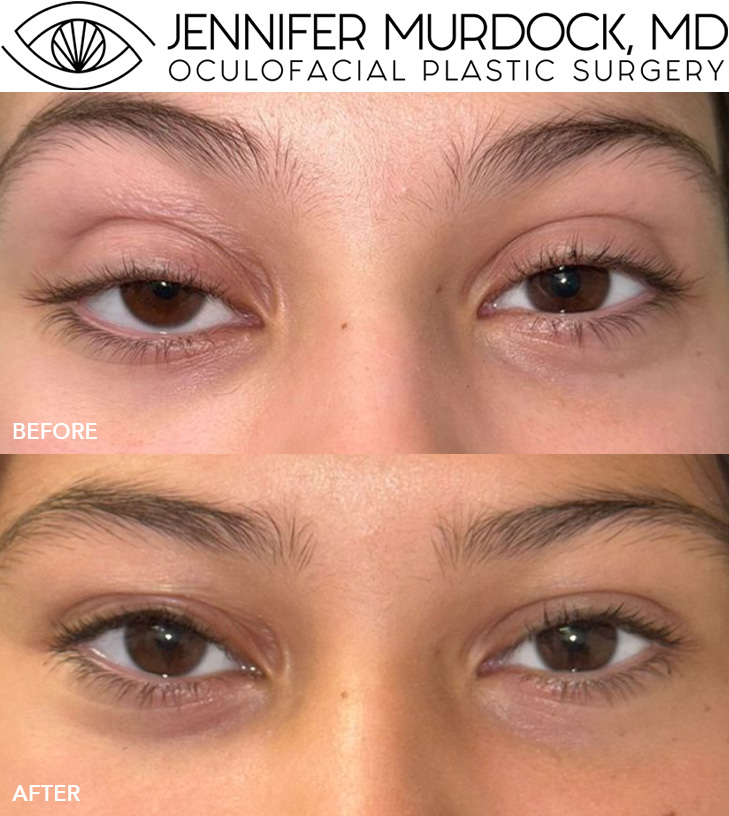Introduction

Understanding Ptosis
Causes: Ptosis can result from various factors, categorized into congenital and acquired causes. Congenital ptosis is present at birth and is often due to underdevelopment of the eyelid’s levator muscle, which is responsible for lifting the eyelid. Acquired ptosis develops later in life and can be attributed to aging, trauma, muscle diseases, neurological disorders, or as a complication of other eye surgeries.
Symptoms:The primary symptom of ptosis is the sagging of the upper eyelid. This can lead to a reduction in the field of vision if the eyelid droops low enough to cover part of the pupil. Other symptoms may include difficulty keeping the eyelids open, eyestrain, and eyebrow fatigue from the effort to lift the eyelids. In severe cases, individuals may adopt a head-tilted-back position to see more clearly.
Surgical Options:
Levator Aponeurosis Repair: This is the most common surgery for adults with ptosis. The procedure tightens the levator muscle to lift the eyelid.
Müller’s Muscle-Conjunctival Resection (MMCR): This method is used for milder forms of ptosis and involves tightening the Müller’s muscle.
Frontalis Sling Operation: Often recommended for patients with poor levator muscle function, this technique uses a sling to connect the eyelid to the eyebrow, allowing the forehead muscles to lift the eyelid.




